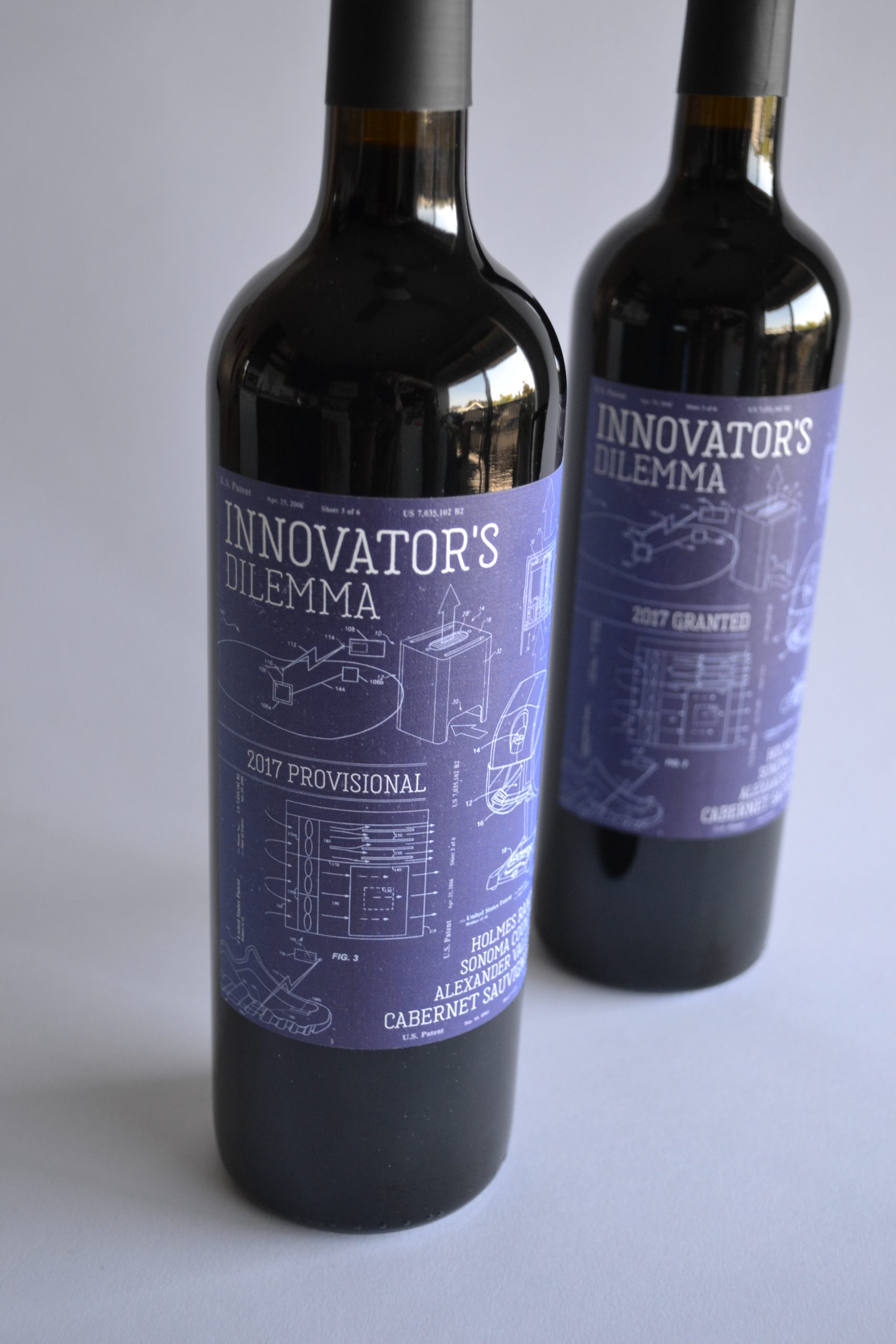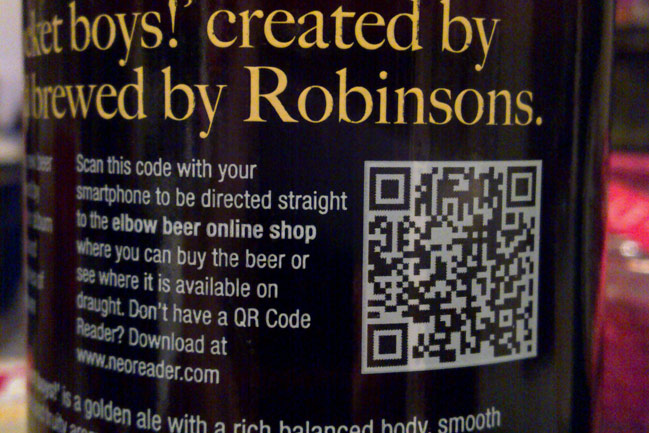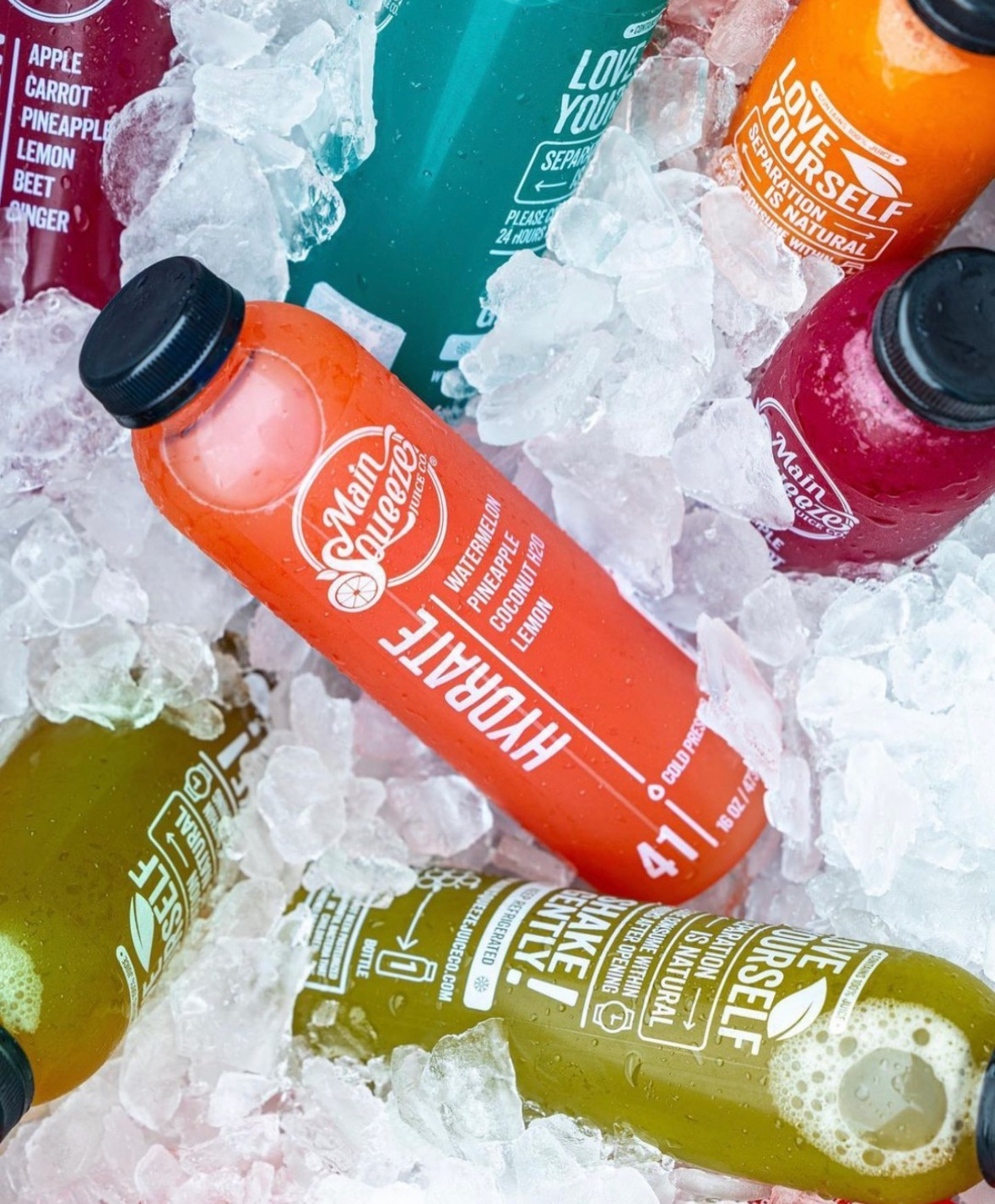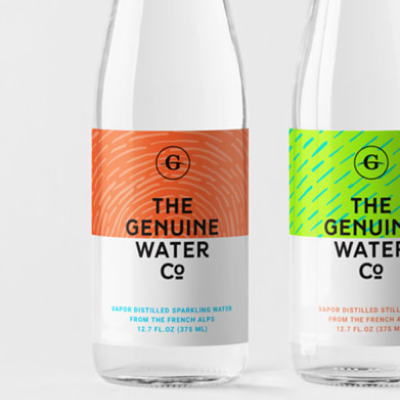Can Foil Labels Be Used on Wine Bottles?
- Labels
- materials
- wine labels
Foil labels can add a bold, eye-catching look to your wine bottles, but only if they’re made to last through bottling, cold storage, and everything in between. Whether you’re using Bordeaux or Burgundy bottles, here’s what to keep in mind before going with foil.
What to Consider Before Choosing Foil Labels
Bottle Shape & Label Fit
Wine bottles come in a variety of shapes: Bordeaux, Burgundy, Alsace, Champagne, and more. Each bottle shape brings its own label considerations:
- Bordeaux bottles have tall, straight sides that typically work well with foil labels.
- Burgundy bottles have gentle curves that can cause labels to lift at the edges if the wrong material or adhesive is used. A paper stock with the right adhesive, or a polyester (PET) film, is often the safest bet here. Paper provides a classic look, while PET adds extra flexibility and strength to contour to curves.
- Alsace bottles are taller and more tapered, which can be even more challenging. For these, using a narrower label or a custom die-cut shape can help ensure full contact and a smoother application. Narrower shapes reduce the amount of stress on the edges, helping avoid wrinkles.
- Champagne bottles often have pronounced curves and subtle texture, requiring extra care in both design and material choice. Textured papers with strong adhesives can handle these surfaces, minimizing bubbling and lifting.
Most wine labels are printed on paper stocks designed specifically for wine and spirits. These papers can be coated or uncoated and are compatible with foil stamping. For added durability, polyester (PET) film is another strong option that resists tearing and handles curves well. Both materials are widely used in the wine industry and work effectively with foil embellishments
If you’re unsure, ask us to test-fit the materials on your actual bottles. It can save you a major headache, and a lot of wasted labels, down the road.

Moisture, Cold, & Real-World Handling
From the time your bottles hit the bottling line to chilling in ice bins and shipping, your labels will almost certainly face moisture and abrasion. That’s why we recommend wine-grade paper stocks with wet-strength treatments or polyester (PET) film that resist moisture, won’t break down in cold or wet environments, and are fully compatible with foil stamping.
To protect the foil, finishes like gloss or matte laminates work well with PET materials, while varnishes and protective coatings are often paired with paper labels. Gloss laminates help colors pop and are best for vibrant designs, while matte laminates give a softer, upscale look. Varnishes can also be used, but they’re better for spot treatments or short-run bottles where heavy abrasion isn’t a concern.
These coatings help your foil resist water, scuffs, and handling damage, so your label stays crisp from bottling to the final pour.
Foil Compatibility with Other Finishes
Foil gives your label a nice shimmer, but there’s more than one way to achieve this look. Think about how foil behaves with other finishes or materials. For example:
- Hot foil uses heat and pressure to apply metallic foil, creating sharp, reflective accents.
- Spot UV adds a high-gloss coating to specific areas like your brand name or logo for contrast and emphasis.
- Soft-touch is a matte finish that adds a velvety feel, often paired with foil to create a high-end tactile effect.
We’ve seen hot foil combined with soft-touch stocks on wine labels to highlight logos. This creates a striking contrast of shimmer against a velvety background. This kind of pairing delivers premium shelf appeal and reinforces the sense of quality.
In our experience, foil often pairs well with bold typography or custom die-cut shapes that emphasize contrast and precision.
Regulatory & Legibility Requirements
Wine labels have to meet TTB and FDA standards, such as listing alcohol content, sulfites, and vintage.
Metallic surfaces can sometimes make fine print hard to read, especially in low light. It’s important to test your label under different lighting and distances to make sure everything’s easy to read. For example, check it in bright retail lighting, dim restaurant settings, and natural daylight. Then double-check that it lines up with TTB rules on things like font size and layout.
Sustainability Considerations
If sustainability is part of your packaging goals, here are a few ways to make foil labels work in that direction:
- Choose substrates with wash-off adhesives that let labels come off cleanly during the glass recycling process.
- Use FSC-certified papers if you’re working with paper-based labels. Many of these are now designed for wine applications and are compatible with foil.
- For film-based options, recyclable PET is a better choice than other plastics since it can be processed in more recycling streams.
- Think about how foil placement or backing materials affect recyclability.
Quick Checklist: Will Foil Labels Work for Your Wine Bottles?
Before you commit, here are a few questions worth running through with your label printing partner:
- Is your label material, whether paper or PET, flexible enough to stay flat on curved or tapered bottles without lifting?
- Have you picked a protective finish that works with foil and stands up to cold and moisture if required?
- Does your design use foil in a way that highlights key elements without sacrificing readability?
- Have you checked how your foil label looks under different lighting conditions such as retail stores or restaurants, and at shelf distance?
- Have you looked into foil-compatible papers and PET films that support recyclability, if this is important to your brand?
Can Foil Labels Be Used on Wine Bottles?
We’ve seen winemakers use foil to create a more high-end, polished look that helps their bottles stand out on the shelf. When you pair the right materials and finishes with a design that works, foil can hold up through bottling, chilling, and everything in between.
Not sure which type of foil or finish makes the most sense for your bottles? Contact us and we’ll walk you through it.




